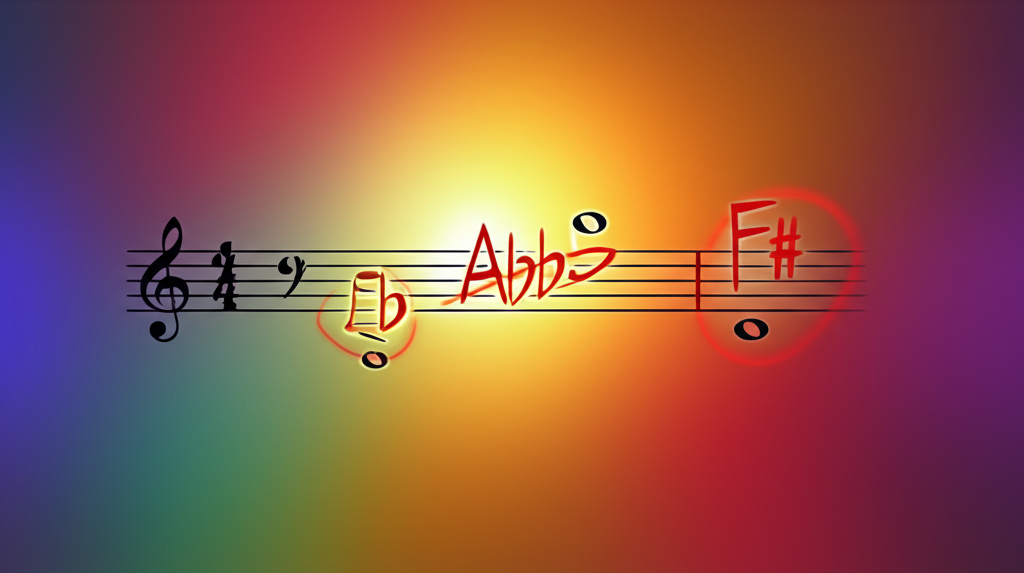The Minor Thirteenth: A Comprehensive Guide to This Expressive Interval
What Is a Minor Thirteenth?


A minor thirteenth is a compound interval that spans a minor thirteenth above a root note. It consists of a minor tenth (an octave plus a minor third) plus a major third. In simpler terms, it's a minor seventh chord with an added thirteenth (or sixth) an octave higher.
Historical Context and Musical Significance
The minor thirteenth gained prominence in the late 19th and early 20th centuries as composers began exploring more complex harmonies. It became particularly important in jazz music, where extended chords are fundamental to the harmonic language.
Technical Construction
Interval Structure
- Root (1)
- Minor third (b3)
- Perfect fifth (5)
- Minor seventh (b7)
- Ninth (9)
- Eleventh (11)
- Minor thirteenth (b13)
Formula
The formula for a minor thirteenth chord is: 1 - b3 - 5 - b7 - 9 - 11 - b13
Practical Applications
Jazz Usage
In jazz, minor thirteenth chords often function as tonic minor chords or as part of minor ii-V-i progressions. For example: Dm13 - G13 - Cm13
Classical Usage
While less common in classical music, you can find minor thirteenth sonorities in late Romantic and Impressionist works, particularly in passages with stacked thirds.
Progressive Exercises
Level 1: Identification
Play a minor thirteenth on your instrument and listen carefully to its distinctive sound.
Level 2: Construction
Build minor thirteenth chords starting on different roots.
Level 3: Application
Create progressions using minor thirteenth chords in different musical contexts.
Common Voicings
Piano Voicing
Left hand: Root and seventh
Right hand: Third, ninth, and thirteenth
Guitar Voicing
Example for Cm13: x-3-1-3-3-3 (fret numbers)
Ear Training Tips
- Compare minor thirteenth to major thirteenth
- Sing the interval from root to thirteenth
- Practice identifying the interval in musical context
Examples in Different Genres
Jazz Example
"So What" by Miles Davis features minor eleventh chords that can be extended to minor thirteenths.
Rock Example
Some progressive rock bands use minor thirteenth chords for atmospheric effects.
Pop Example
Contemporary R&B often uses minor thirteenth chords in lush harmonic progressions.
